What are Corals?
Corals are marine invertebrates belonging to the phylum Cnidaria, class Anthozoa. They form intricate and dynamic ecosystems that are essential for marine biodiversity. Corals exist in a symbiotic relationship with microscopic algae called zooxanthellae, which provide them with energy through photosynthesis. These remarkable organisms have evolved over millions of years, forming vast reef structures that protect coastlines and support a rich diversity of marine life.
Types of Corals
Corals can be broadly classified into three main groups based on their structure, habitat, and ecological roles:
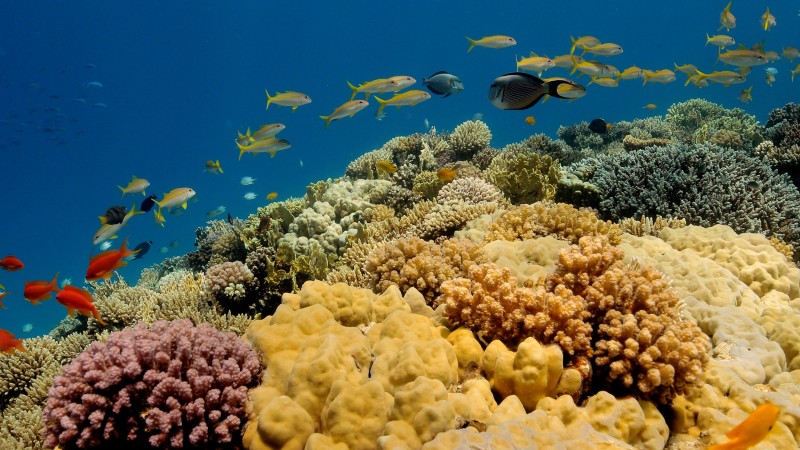
Reef-Building Corals
Also known as stony corals, these corals form the structural foundation of coral reefs by secreting calcium carbonate skeletons. They are predominantly found in tropical and subtropical waters between 30°N and 30°S, where they thrive in shallow, warm, clear, and sunlit environments. Coral reefs support at least 25% of all marine species, providing habitat, breeding grounds, and food for a vast array of marine organisms. Scleractinian corals are crucial in maintaining reef stability and resilience against environmental changes.
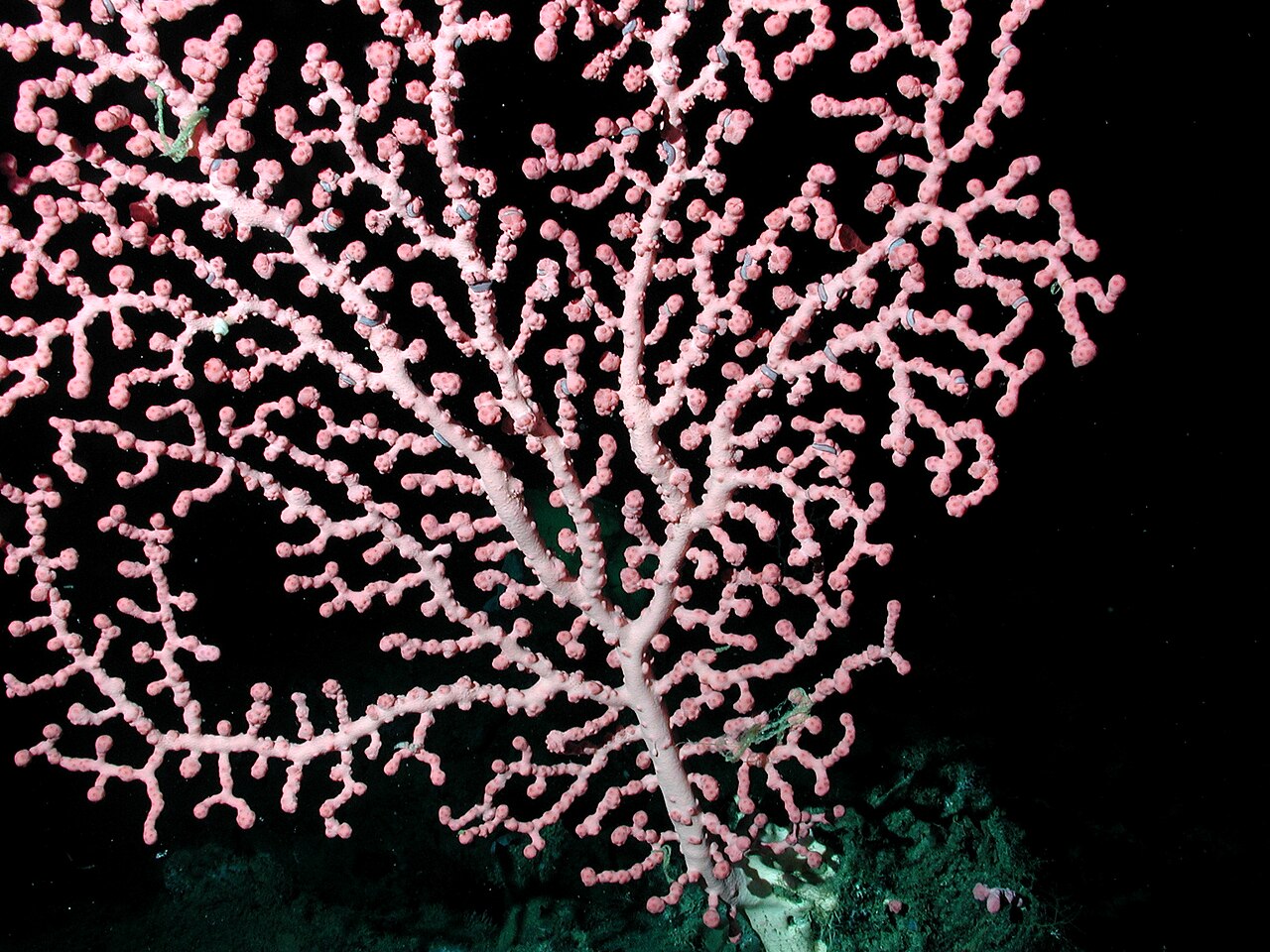
Cold-Water Corals
Unlike reef-building corals, cold-water corals do not rely on symbiotic algae for energy and can thrive in deep, dark waters, reaching depths of up to 6,000 meters. Species such as Lophelia pertusa and Solenosmilia variabilis create complex reef structures that support deep-sea biodiversity, including commercially important fish species. These corals grow slowly and are highly vulnerable to disturbances such as deep-sea trawling and ocean acidification.
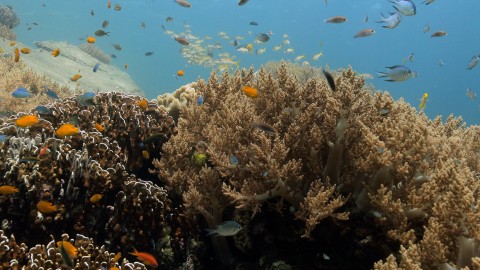
Soft Corals
Soft corals, such as gorgonians, sea fans, and leather corals, lack a rigid calcium carbonate skeleton. Instead, they possess a flexible structure supported by tiny skeletal elements called spicules. Soft corals contribute to habitat complexity, offering shelter and protection to numerous marine species. They can be found in both tropical and cold-water environments, playing an essential role in reef ecosystems by enhancing biodiversity and resilience.
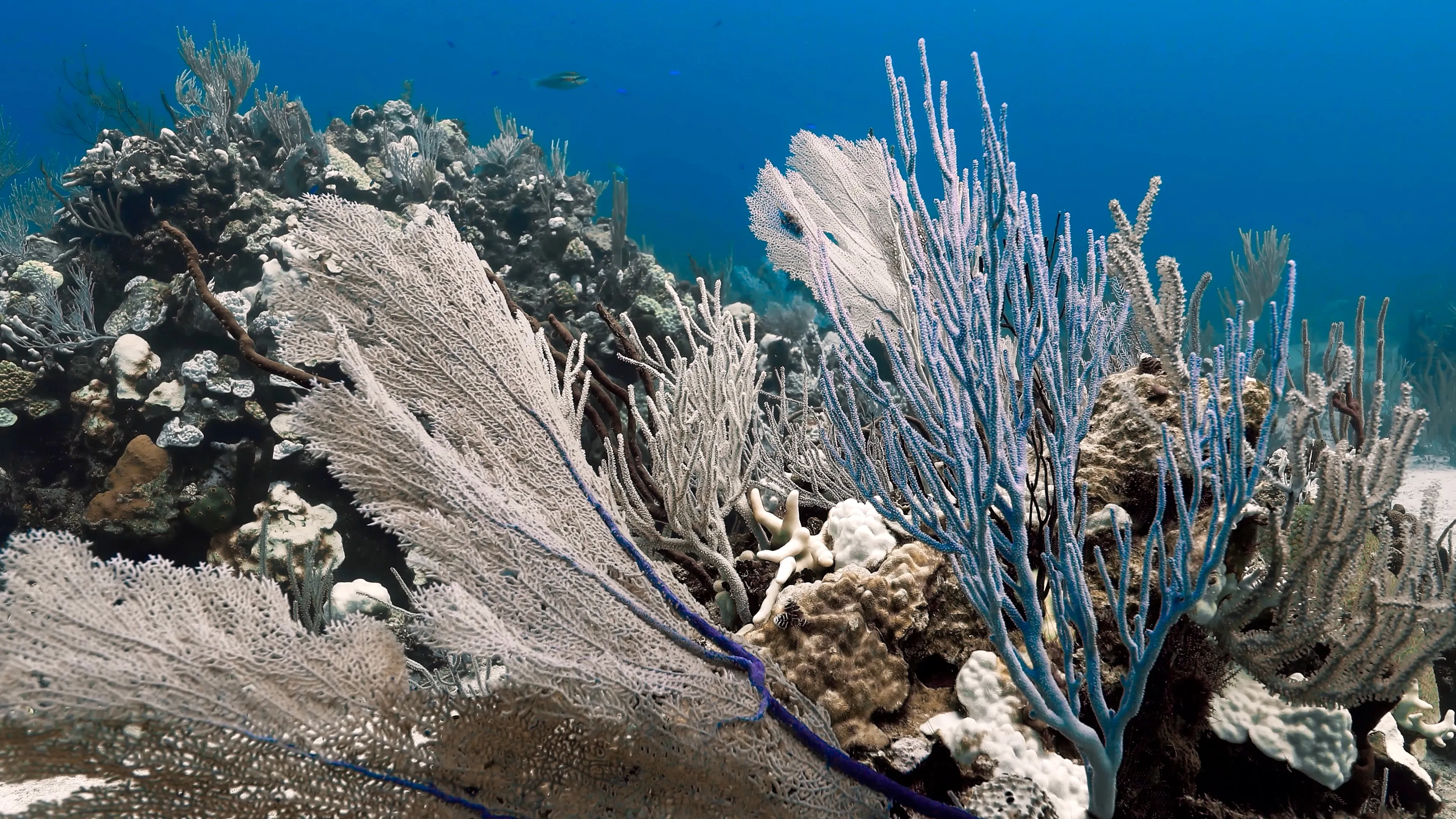
The Importance of Coral Reefs
Coral reefs are often referred to as the rainforests of the sea due to their extraordinary biodiversity. They provide a wide range of ecological and economic benefits, including:
-
Marine Biodiversity Hotspots
Coral reefs host approximately one-quarter of all marine life, including fish, mollusks, crustaceans, and marine mammals. Many species are found exclusively in coral reef environments, making these ecosystems irreplaceable.
-
Coastal Protection
Reefs act as natural breakwaters, reducing wave energy and protecting coastal communities from erosion, storms, and tsunamis.
-
Fisheries and Livelihoods
Over 500 million people worldwide depend on coral reefs for food, employment, and cultural significance. Reefs support subsistence and commercial fisheries, sustaining global food security.
-
Tourism and Recreation
Coral reefs attract millions of tourists annually, contributing to the global economy through diving, snorkeling, and eco-tourism industries.
-
Medical Discoveries
Corals and reef organisms have yielded compounds with pharmaceutical potential, including treatments for cancer, bacterial infections, and neurological disorders.
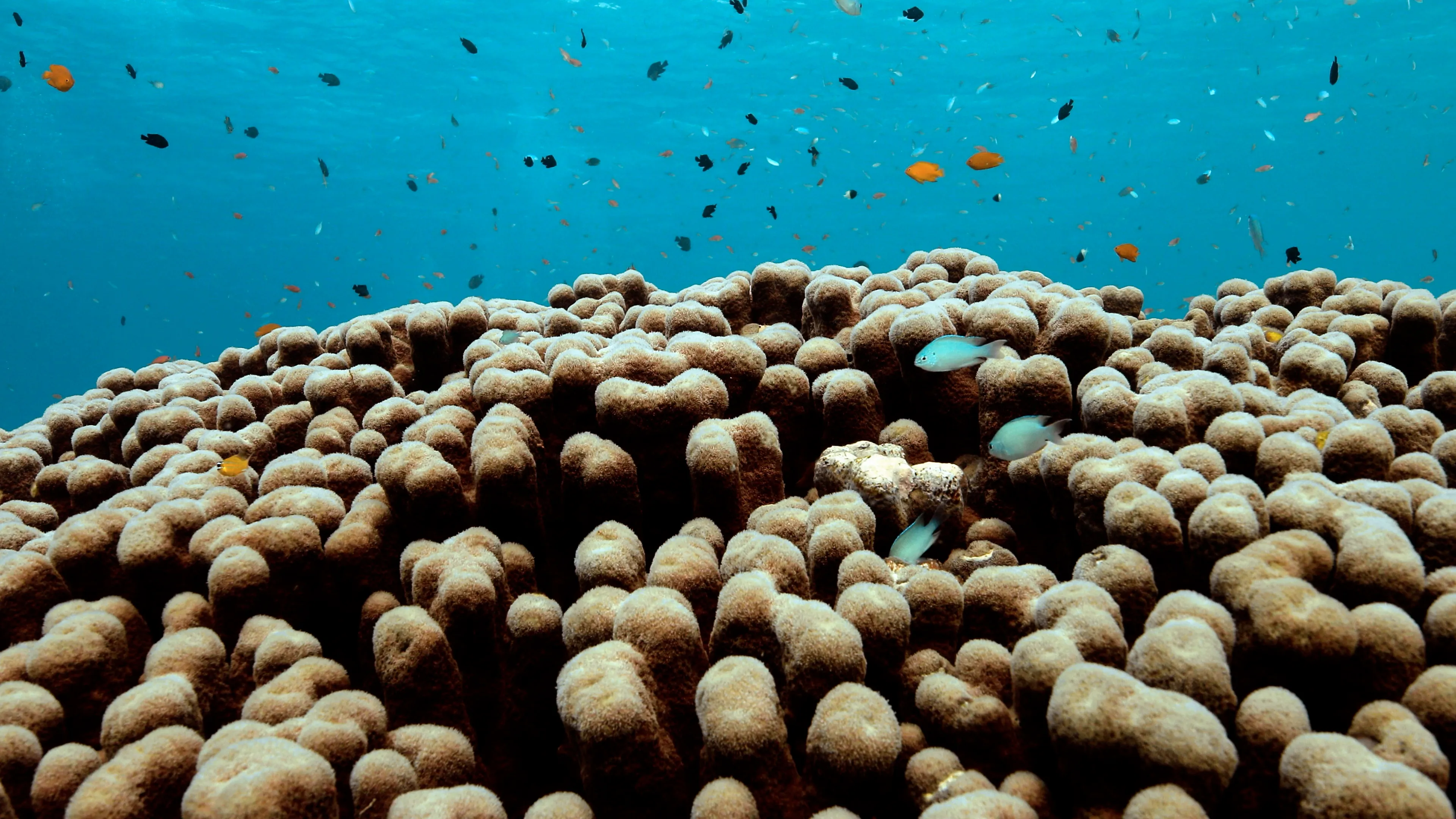
Threats to Corals
Despite their ecological and economic importance, coral reefs face unprecedented threats due to human activities and climate change:
-
Climate Change and Coral Bleaching
Rising sea temperatures cause thermal stress, leading corals to expel their symbiotic algae, a process known as bleaching. Without zooxanthellae, corals lose their primary energy source, turning white and becoming highly susceptible to disease and mortality. Mass bleaching events have occurred globally, with the 2016–2017 marine heatwave causing extensive coral loss worldwide.
-
Ocean Acidification
The absorption of excess atmospheric CO₂ by the ocean reduces pH levels, decreasing the availability of carbonate ions needed for coral skeleton formation. This weakens coral structures, making them more prone to erosion and breakage.
-
Pollution and Sedimentation
Land-based pollution from agriculture, industry, and coastal development introduces toxins, excess nutrients, and sediments into marine environments. Nutrient pollution promotes harmful algal blooms, reducing water quality and smothering corals.
-
Overfishing and Destructive Fishing Practices
The removal of key reef-associated species disrupts ecological balance. Dynamite fishing, cyanide fishing, and bottom trawling cause direct physical damage to reef structures, leading to habitat degradation
-
Coastal Development and Habitat Destruction
Unregulated construction, dredging, and tourism activities degrade reef ecosystems. Mangrove deforestation and sand mining also contribute to habitat loss, increasing coastal vulnerability to climate-related impacts.

Coral Conservation and Restoration Efforts
Given the rapid decline of coral reefs, urgent conservation measures are needed to safeguard their future. The IUCN SSC Coral Specialist Group works to:
-
Assess the Extinction Risk of Coral Species
Through the IUCN Red List of Threatened Species, we evaluate coral populations, identifying at-risk species and providing conservation guidance.
-
Promote Marine Protected Areas (MPAs)
Establishing and expanding MPAs ensures the long-term protection of coral reefs and associated marine life.
-
Support Reef Restoration Projects
Innovative restoration techniques, including coral gardening, microfragmentation, and artificial reef deployment, are helping to rehabilitate degraded reefs.
-
Enhance Climate Resilience
Research into heat-tolerant coral strains, assisted evolution, and selective breeding aims to improve coral survival under changing climate conditions.
-
Educate and Engage Communities
Sustainable tourism, responsible fishing practices, and community-led conservation initiatives play a vital role in protecting coral reefs.

The Future of Coral Reefs
The fate of coral reefs depends on global efforts to combat climate change, reduce human pressures, and implement science-based conservation strategies. Collaborative action between governments, scientists, conservation organizations, and local communities is essential to preserve coral biodiversity for future generations.
By addressing key threats and prioritizing conservation efforts, we can work towards a resilient and thriving future for coral reefs and the ecosystems they support. Corals are marine invertebrates belonging to the phylum Cnidaria. They play diverse ecological roles and can be categorized into three main groups:
-
Reef-Building Corals
Found in tropical waters, these corals construct calcium carbonate skeletons that form the foundation of coral reefs. Coral reefs support at least 25% of marine life, offering habitat, food, shelter, and breeding grounds for diverse organisms.
-
Cold-Water Corals
These corals thrive in deeper, colder waters and do not rely on symbiotic algae for energy. They provide important habitat structures in deep-sea ecosystems.
-
Soft Corals
Unlike reef-building corals, soft corals lack rigid skeletons and contribute to habitat complexity in both tropical and cold waters.
Coral reefs are among the most biodiverse ecosystems on Earth, supporting marine species while providing essential resources for millions of people worldwide. However, they face unprecedented threats from climate change, ocean acidification, pollution, and destructive human activities. Protecting corals is vital for sustaining marine biodiversity, coastal protection, fisheries, and the livelihoods of communities dependent on healthy reefs.
